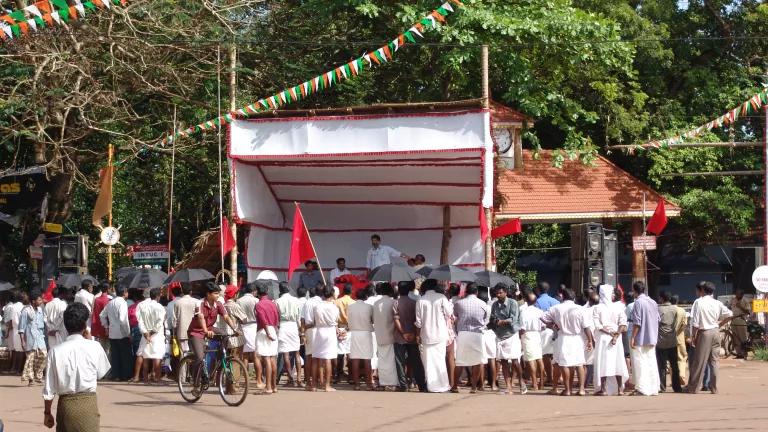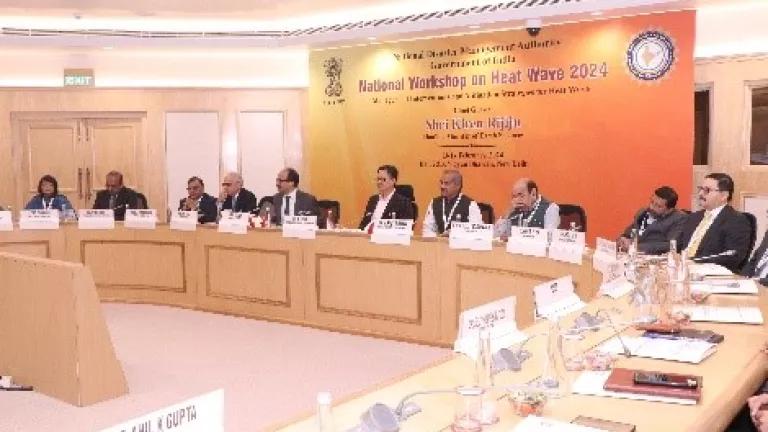Beat the Heat: Chandrapur Heat Action Plan
Drawing on lessons from the groundbreaking 2013 Ahmedabad Heat Action Plan, city, state, and national level authorities are ramping up to implement extreme heat warning systems and preparedness plans throughout India.
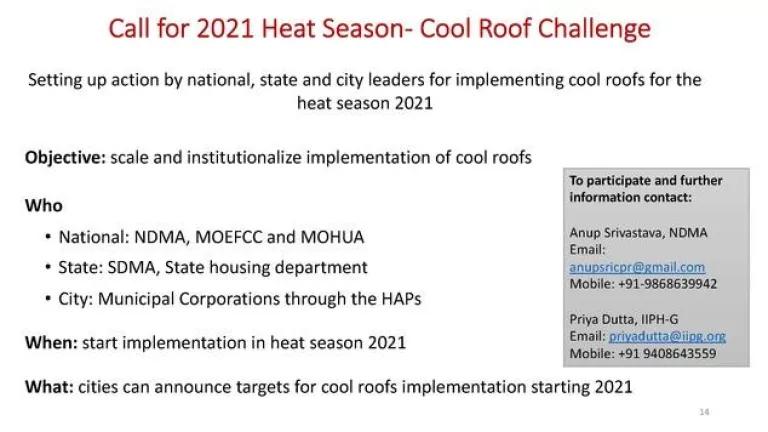
Record-breaking brutally hot weather is a major health threat in India and other parts of the world. Headlines from May 2019 declared Chandrapur The Hottest City In The World when temperatures reached 47.8°C. As climate change fuels more frequent, intense, and longer heat waves, cities and regions across India are taking strong action to build resilience and protect communities. One such action is the 2021 Cool Roofs Challenge, which encourages cities and states to implement cool roofs to minimize heat wave impacts.
The India Meteorological Department (IMD) expects the 2021 summer heat season to be warmer than usual over most regions of India. IMD Seasonal Outlook forecasts are vital as they give communities lead- time to prepare for extreme heat. Heat is not merely an inconvenience; it kills. Symptoms of heat-related illness include vomiting, headaches, dehydration, and diarrhea. Hospitals and urban health centers are already stressed by the COVID-19 pandemic, which may threaten emergency response to heat-related illnesses. Cool roofs offer a simple and cost-effective solution to urbanization challenges, as they reflect sunlight and absorb less heat. Depending on the setting, cool roofs can help keep indoor temperatures lower by 2 - 4°C (3.6 - 9°F) as compared to traditional roofs.
Chandrapur, Maharashtra faces extreme heat during the summer months and the state has been categorically warned of a hotter summer season this year. Summer in Chandrapur sets in around mid-March lasting until mid-June, with peak temperatures as high as 48°C. The IMD and National Disaster Management Authority (NDMA) lead national efforts to prepare and respond to heat waves. NDMA launched the Heat Season 2021 Cool Roofs Challenge, which encourages cities to implement cool roofs as part of their Heat Action Plans (HAPs). NDMA has also been the central agency overseeing the COVID-19 response.
Drawing on lessons from the ground-breaking 2013 Ahmedabad Heat Action Plan (HAP), city, state, and national level authorities are ramping up to implement extreme heat warning systems and preparedness plans. Heat Action Plans are comprehensive early warning systems and preparedness plans with the objectives of public awareness and community outreach; interagency coordination; capacity building among health care professionals; and reducing heat exposure and promoting adaptive measures.
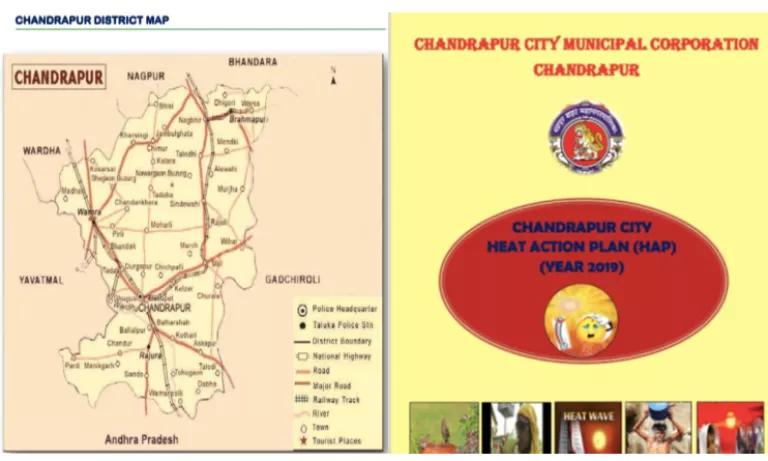
With the first regional approach in India in the Nagpur area developed in 2016, Maharashtra developed a state-wide Heat Action Plan in 2017. Chandrapur believes that the best defense against heat-related illness is prevention. The Nagpur Municipal Corporation, along with five neighboring districts, updated its Heat Action Plan in 2019 from the original plan developed in 2016. The Heat Action Plan consists of heat mitigation measures in accordance with the guidelines issued by NDMA. Prior to the 2020 heat season, two out of seven municipal corporations in Maharashtra, Chandrapur and Nagpur, implemented the mandatory Heat Action Plan.

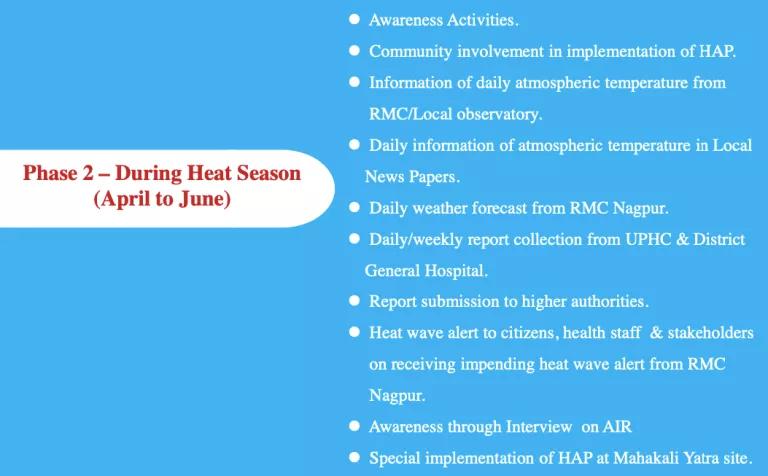
The Maharashtra State Disaster Management Authority, Maharashtra Disaster Management Unit, Maharashtra State Health Department, and local IMD office work closely together on public awareness and preparedness for the state. Maharashtra developed a state- wide awareness campaign, using media, such as text messages, local television advertisements, pamphlets, hoardings, local newspapers, radio jingles, WhatsApp messages, among others.
Other efforts include providing drinking water at public transit locations, keeping markets closed in the afternoon, providing public shelters, equipping traffic police with cool jackets and helmets, sprinkling mist at public places and keeping ice bags available at public health centers. Long-term state measures include town planning to reduce heat vulnerability with afforestation, plantation drives, rainwater harvesting, providing shelter for traffic police, using green nets for shade in market areas and strengthening inter-sectoral coordination.

Heat Action Plans help ensure economic and health resilience in the face of extreme heat. As climate change continues to fuel brutal heat waves worldwide, effective public health response strategies are more important than ever before. Strong action on heat preparedness can deliver lifesaving benefits.

